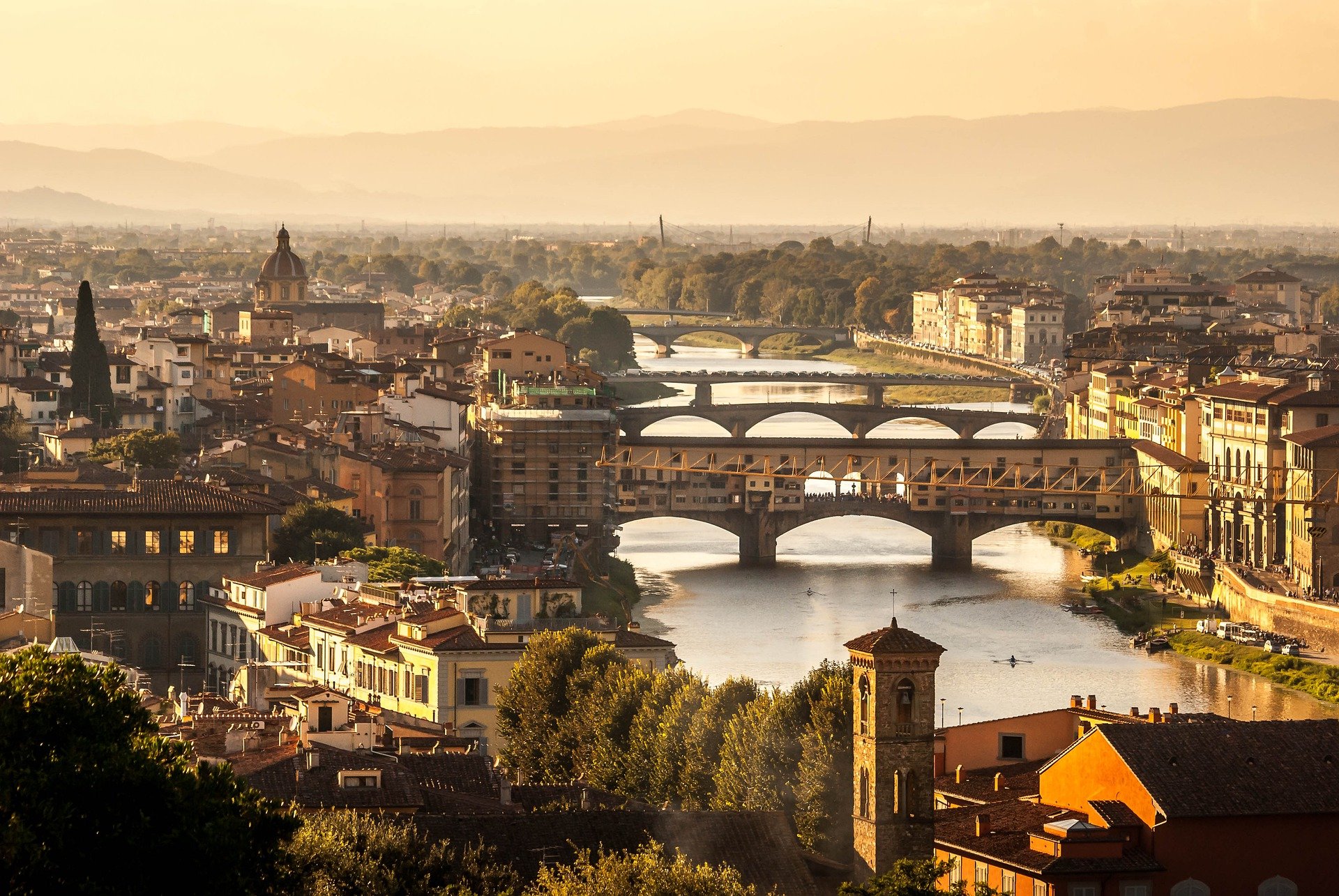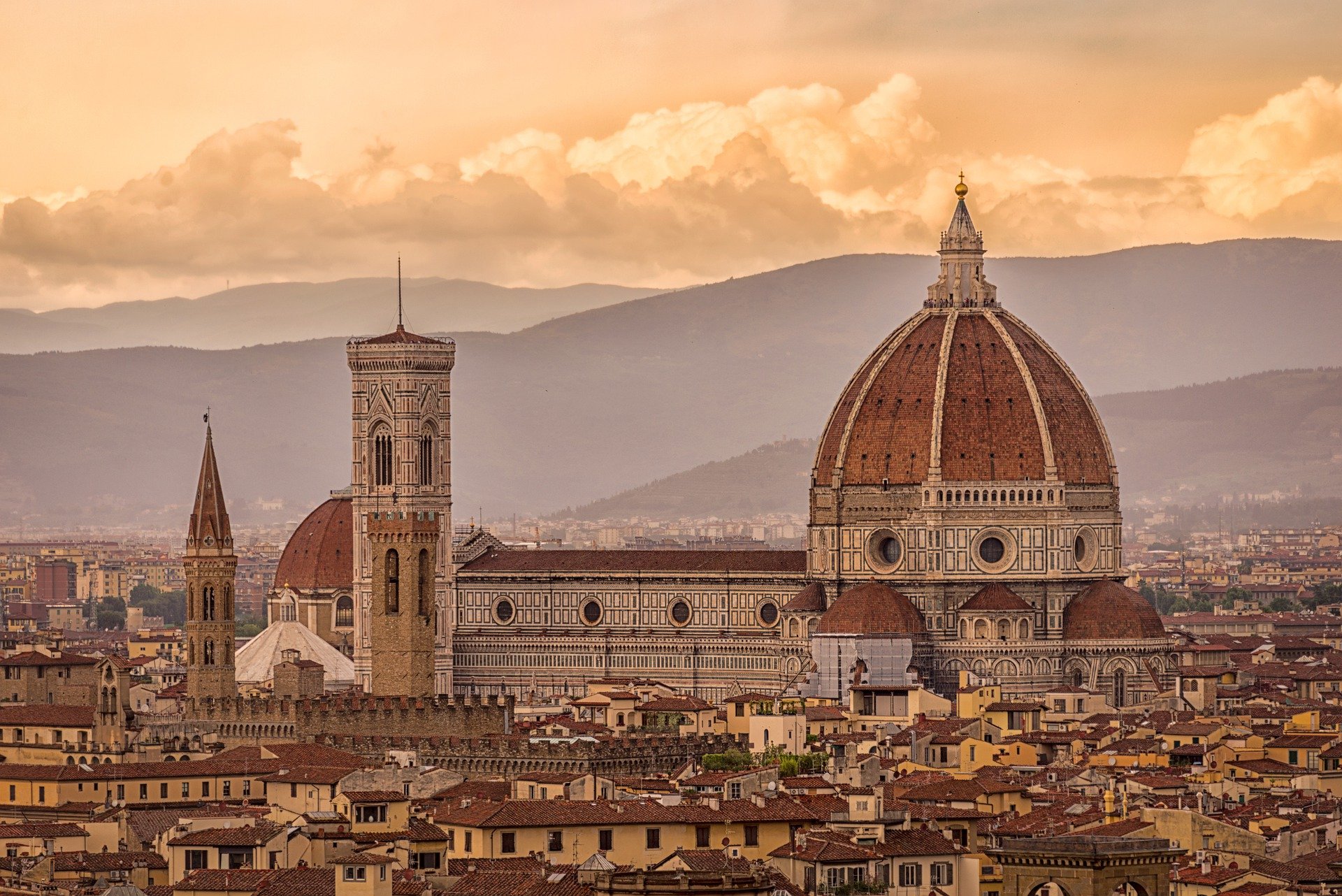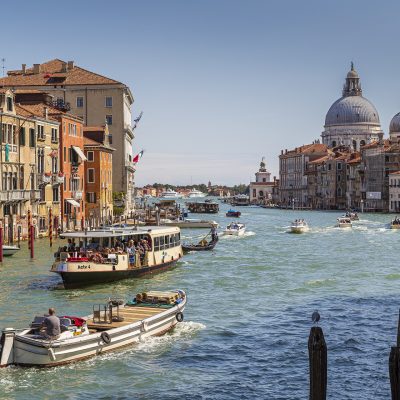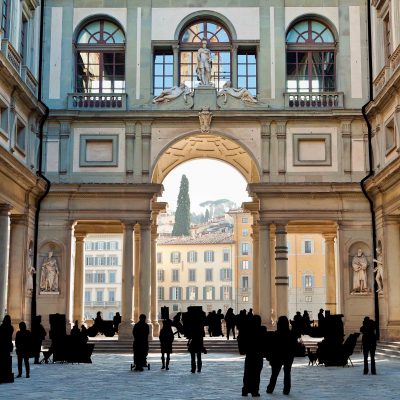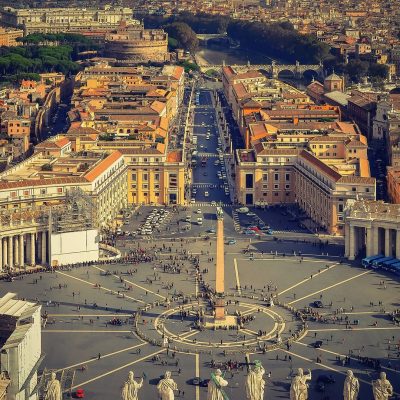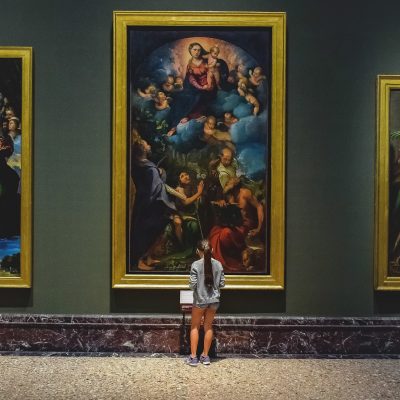Florence sightseeing tour
Must-see places on the itinerary
Piazza Duomo with the Basilica of Santa Maria del Fiore, Giotto's bell tower and the baptistery (baptistery) - Piazza Signoria with the Palazzo Vecchio (old palace) and the Loggia Lanzi - Ponte Vecchio (Old Bridge).
If you wish and have enough time in the tour itinerary you can include a visit to the piazzas with the basilicas of Santa Maria Novella and Santa Croce.
Florence is a city that beckons lovers of the beautiful from all over the world, the capital of the arts and the cradle of the Renaissance.
For the first acquaintance with the city, a walking tour is the best option. You get a first impression of the city, feel its spirit, tune into its way, understand how to navigate in it and see its main attractions.
The history of Florence goes back to antiquity. People settled here in the X century BC, but officially the history of the city begins in 59 BC: In this year the Romans on the site of an ancient Etruscan settlement on the banks of the Arno founded their own and called it Florence, which means "Blossoming".
Walking around Florence in the company of a guide, you will learn the history of the formation and development of the city, you will learn about the powerful families, thanks to which Florence has become a thriving center of cultural, economic and political life, will walk through the streets, where once set foot world famous writers, artists, sculptors and architects, thanks to whose skill the city has become the cradle of the Renaissance.
The route of the walk will take us through the most iconic places in the city. We will visit the piazza, which can be considered the spiritual center of the city, due to the location of the cathedral of Santa Maria del Fiore, whose red dome, along with the lily, is considered the symbol of Florence and its calling card. The belfry of Giotto and the baptistery, located here, will not leave anyone indifferent. The three doors of the baptistery deserve special attention, among which stands out the one called the Gates of Paradise: "it is so beautiful that it could be the gateway to Paradise", as according to Vasari, Michelangelo assessed the work of Lorenzo Ghiberti.
We will walk through the Piazza della Repubblica, which in ancient times was the site of a Roman forum, to Piazza della Signoria, which is one of the most beautiful Renaissance squares and also serves as an open-air urban salon.
The Palazzo della Signoria, aka the Old Palace (Palazzo Vecchio) and the square in front of it attract travelers and lovers of beauty from all over the world. The palace was built in the late Middle Ages for the Florentine government. The majestic sculpture of David by Michelangelo (a copy, the original is in the Galleries of the Academy) neighbors the Loggia Lanzi, a sort of open-air sculpture museum, among which stands out the famous Perseus with the head of the Gorgon Medusa by the scandalously famous sculptor and goldsmith Benvenuto Cellini.
As you stroll through the city's streets you'll see the ancient palaces of noble families, whose history is inseparable from that of the city (Palazzo Medici, Palazzo Strozzi, Dante's house, etc.) and the famous Florentine churches. For example, not far from Piazza della Repubblica, we will walk next to the amazing and unlike other churches of Orsanmichele, with statues of saints in niches in the walls on the perimeter of the building. Slightly off the trail is the Church of Santa Croce, where Michelangelo Buonarotti is buried.
Moving towards the River Arno, we will look into the courtyard of the Uffizi galleries, and then along the promenade we will reach and climb the famous Ponte Vecchio, the Old Bridge, or as it is called the Golden Bridge, because of the jewelry shops located on it. As you stroll along this one-of-a-kind place, try to imagine that such a sight was formerly familiar to the eye - artisan shops were located on different bridges of the city. Nowadays, they are preserved only here. The unique atmosphere disposes to contemplation and desire to buy for yourself or a family keepsake product of local goldsmiths.
And to make sure we always have the money, we go to another place and pay tribute to tradition: we make a wish and rub the nose of the bronze Porcellino, the boar, which has collapsed at the New Market of the city.

